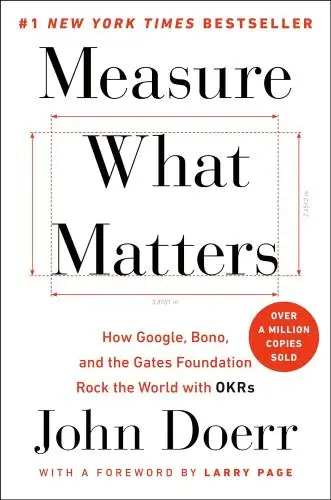
Measure What Matters
How Google, Bono, and the Gates Foundation Rock the World with OKRs
What's it about?
Measure What Matters by John Doerr is a book that introduces the concept of Objectives and Key Results (OKRs), a powerful goal-setting system used by companies like Google and Intel. Doerr explains how OKRs can align teams, focus efforts, and drive results. With real-life examples and practical tips, this book is a must-read for anyone looking to improve their organization's performance.
About the Author
John Doerr is an influential American investor and venture capitalist at Kleiner Perkins. He is known for his advocacy of environmental causes and his book "Measure What Matters," which emphasizes the importance of setting and achieving goals through Objectives and Key Results (OKRs). His work often intersects technology, business growth, and sustainability.
10 Key Ideas of Measure What Matters
What is OKR?
Objectives and Key Results (OKRs) are a cornerstone for setting and achieving high goals.
An Objective is a clearly defined goal set on a quarterly or annual basis.
It is qualitative and inspirational, designed to propel an organization forward.
Key Results, on the other hand, are measurable outcomes that monitor progress towards these objectives.
They are quantitative and should be aggressive yet realistic.
Together, OKRs ensure that everyone in the organization aligns their efforts towards common goals, fostering focus, transparency, and a sense of purpose.
Learn DeeperDefine Your Objectives: Start by identifying what you want to achieve in the next quarter or year. Make it ambitious yet achievable, and ensure it aligns with your overall vision or mission. For example, if you're leading a startup, an objective could be 'Become the go-to service for X in our region.'
Develop Key Results: For each objective, set 3-5 key results. These should be specific, measurable actions or milestones that will indicate progress towards the objective. An example of a key result for the above objective could be 'Increase user base by 30% by the end of Q2.'
Review and Adjust Regularly: OKRs are not set in stone. Hold regular check-ins to review progress on your key results and adjust your strategies as needed. This ensures you stay on track and can pivot when necessary.
Communicate and Collaborate: Share your OKRs with your team or organization. Encourage others to set their own OKRs that align with the broader goals. Collaboration and transparency are key to achieving your objectives.
- Example
A tech company sets an objective to 'Improve customer satisfaction.' Key results could include 'Achieve a customer satisfaction score of 90 out of 100,' 'Reduce response time to customer inquiries to under 2 hours,' and 'Launch a new feedback tool by the end of Q1.'
- Example
A non-profit organization aims to 'Increase community impact.' Key results might be 'Host 12 community events throughout the year,' 'Partner with 5 local businesses for event sponsorships,' and 'Raise $50,000 for community projects by Q3.'
Align OKRs for Synergy and Efficiency
Alignment ensures that all team members understand the organization's vision and how their work contributes to it.
By openly sharing OKRs across all levels, employees can see how their objectives fit into the bigger picture, promoting a unified direction.
Commitment comes from involving team members in the OKR-setting process, giving them a sense of ownership and responsibility for the outcomes.
This dual approach ensures that teams are not only aligned with the organizational goals but are also committed to achieving them.
Learn DeeperSet Clear OKRs: Start by defining clear and achievable Objectives and Key Results (OKRs) for your team. Ensure these are aligned with the broader organizational goals. This clarity helps everyone understand what success looks like.
Involve Everyone in the Process: When setting OKRs, involve all team members in the discussion. This inclusion fosters a sense of ownership and commitment towards achieving these goals.
Regularly Review and Share Progress: Make it a habit to regularly review the progress of your OKRs. Share these updates with the entire team and even across teams. This transparency helps maintain alignment and motivates everyone by showing how their work contributes to the bigger picture.
Celebrate Achievements and Learn from Setbacks: When objectives are met, celebrate as a team. If certain Key Results are not achieved, use them as learning opportunities. Discuss what can be improved and how everyone can contribute to turning things around.
- Example
A software development team sets an OKR to launch a new feature that will increase user engagement by 20% within the next quarter. The objective is clear, and the key result is measurable. The team members discuss and agree upon individual contributions towards this goal, fostering a sense of ownership.
- Example
A marketing team aims to increase brand awareness by 30% in six months. They set specific key results around social media engagement, content creation, and partnership opportunities. Each team member knows their role in achieving these results, and progress is shared in weekly meetings, keeping everyone aligned and motivated.
Frequent Check-Ins to Ensure Progress and Adaptability
Regular check-ins on OKRs are vital for maintaining momentum and accountability.
These check-ins allow teams to review progress on key results, identify any roadblocks, and adjust strategies as necessary.
They serve as a platform for feedback and support, ensuring that challenges are addressed promptly and successes are celebrated.
This continuous monitoring helps keep teams on track and focused on the most impactful activities.
Learn DeeperSet Regular OKR Check-In Meetings: Schedule weekly or bi-weekly meetings dedicated solely to reviewing OKRs. Use this time to discuss progress, challenges, and any adjustments needed to stay on track.
Create a Shared OKR Dashboard: Utilize tools like Google Sheets, Trello, or Asana to maintain a live dashboard of OKRs. This should be accessible to all team members, encouraging transparency and real-time updates.
Celebrate Wins and Learn from Losses: During check-ins, take time to acknowledge achievements, no matter how small. Similarly, discuss setbacks openly, focusing on lessons learned and strategies for improvement.
Assign Clear Ownership: Ensure each key result has a designated owner responsible for its progress. This clarifies accountability and makes it easier to address specific issues during check-ins.
Encourage Open Feedback: Foster an environment where team members feel comfortable sharing insights and suggestions. Use check-ins as a platform for constructive feedback, aimed at refining strategies and enhancing collaboration.
- Example
A marketing team sets a quarterly OKR to increase website traffic by 30%. During their bi-weekly check-ins, they review analytics to gauge progress, discuss content strategies, and adjust SEO tactics based on what's working or not.
- Example
A software development team aims to reduce bug resolution time by 50% over six months. In their weekly OKR meetings, they track the average resolution time, share effective debugging methods, and reassign resources to ensure they meet their target.
Set Stretch Goals to Foster Innovation and Growth
Aspirational OKRs are ambitious goals that push individuals and organizations beyond their comfort zones.
While they are challenging and may not always be fully achieved, they drive innovation and significant progress.
Setting aspirational OKRs encourages teams to think creatively and strive for breakthroughs, fostering a culture of excellence and continuous improvement.
Learn DeeperSet Clear, Ambitious Goals: Start by identifying what you want to achieve that seems just out of reach. These should be goals that excite you and push you to think outside the box.
Break Down Your Aspirational OKRs: Once you have your ambitious goals, break them down into smaller, manageable objectives and key results. This makes them more approachable and allows you to track progress.
Foster a Supportive Environment: Encourage open communication and collaboration within your team or support network. A culture that embraces challenges and learns from failures is crucial for pursuing aspirational OKRs.
Regularly Review and Adjust: Set aside time regularly to review your progress towards these ambitious goals. Be prepared to adjust your strategies as needed, learning from what hasn’t worked and building on what has.
Celebrate Progress, Not Just Completion: Recognize and celebrate the milestones along the way. This keeps motivation high and acknowledges the hard work being put into achieving these challenging objectives.
- Example
A tech startup sets an aspirational OKR to develop a groundbreaking new app feature within six months that will increase user engagement by 50%. They break this down into smaller objectives, such as completing user research in the first month, prototyping in the second and third months, and testing and refining in the final three months.
- Example
A non-profit organization aims to double its impact on the community by expanding its services to two new cities within a year. They identify key results such as securing funding by the end of the first quarter, hiring and training staff in the second quarter, and launching the programs in the third and fourth quarters.
Cultivating a Culture of Flexibility and Adaptability
In today’s fast-paced environment, flexibility and adaptability are key.
OKRs support this by allowing for mid-cycle adjustments based on new insights or changing circumstances.
This agility ensures that efforts remain relevant and aligned with the most current organizational priorities.
Embracing change rather than resisting it encourages a dynamic work culture that can pivot quickly in response to external pressures or opportunities.
Learn DeeperSet Clear, Flexible OKRs: Start by defining clear Objectives and Key Results (OKRs) for your personal or team projects. Make sure these OKRs are flexible enough to accommodate changes. This means setting goals that are ambitious yet realistic, with the understanding that the path to achieving them can adapt as needed.
Regularly Review and Adjust OKRs: Schedule regular check-ins, perhaps monthly or quarterly, to review your OKRs. Use these sessions to assess progress, discuss challenges, and make necessary adjustments based on new insights or shifts in priorities. This keeps your goals aligned with the current context.
Foster a Mindset of Adaptability: Cultivate an environment—whether at work or in personal projects—where change is welcomed and seen as an opportunity rather than a setback. Encourage open discussions about shifting priorities and how best to adapt strategies to meet evolving needs.
Leverage Feedback for Agile Decision-Making: Actively seek feedback from peers, mentors, or stakeholders to gain diverse perspectives on your progress towards your OKRs. Use this feedback to make informed decisions quickly, ensuring your efforts remain relevant and impactful.
- Example
A tech startup sets quarterly OKRs focused on user growth and product development. Mid-quarter, they realize a key feature is not attracting users as expected. The team quickly pivots, adjusting their OKRs to focus on enhancing another feature that has shown promising engagement metrics.
- Example
A marketing professional sets personal OKRs for improving social media engagement. After reviewing analytics, they notice video content performs better than expected. They adapt their strategy mid-cycle to produce more video content, aligning their efforts with what's working best.
Deeper knowledge. Personal growth. Unlocked.
Unlock this book's key ideas and 15M+ more. Learn with quick, impactful summaries.
Read Full SummarySign up and read for free!
Measure What Matters Summary: Common Questions
Experience Personalized Book Summaries, Today!
Discover a new way to gain knowledge, and save time.
Sign up for our 7-day trial now.
No Credit Card Needed

Similar Books

Emotional Intelligence at Work
Dalip Singh
Seeing the Big Picture
Kevin Cope
Leadership Is Concept Heavy
Dr. Enoch Antwi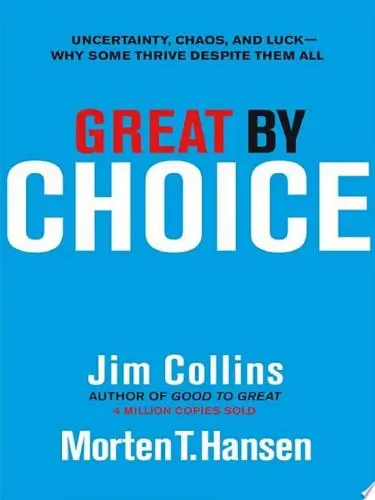
Great by Choice
Jim Collins
The Leader′s Guide to Coaching in Schools
John Campbell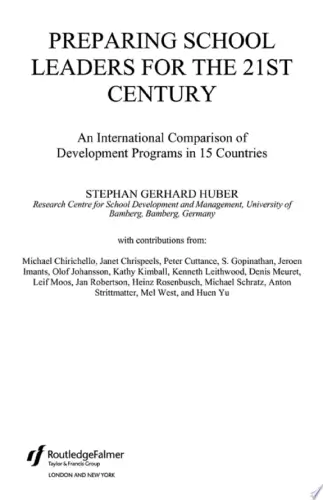
Preparing School Leaders for the 21st Century
Stephan Gerhard Huber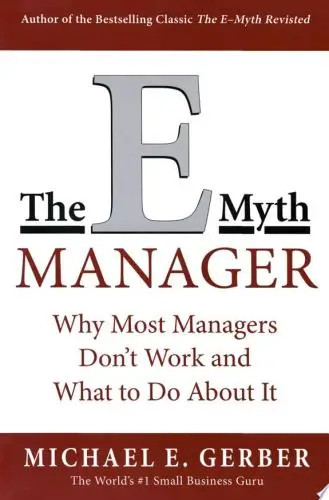
The E-Myth Manager
Michael E. Gerber
Leadership Is Language
L. David Marquet
Start-up Nation
Dan Senor
The Founder's Dilemmas
Noam WassermanTrending Summaries

Peak
Anders Ericsson
Never Split the Difference
Chris Voss
Smart Brevity
Jim VandeHei
The Psychology of Money
Morgan Housel
The First 90 Days
Michael D. Watkins
Atomic Habits
James Clear
Thinking, Fast and Slow
Daniel Kahneman
The Body Keeps the Score
Bessel van der Kolk M.D.
The Power of Regret
Daniel H. Pink
The Compound Effect
Darren HardyNew Books

Fichte
Johann Gottlieb Fichte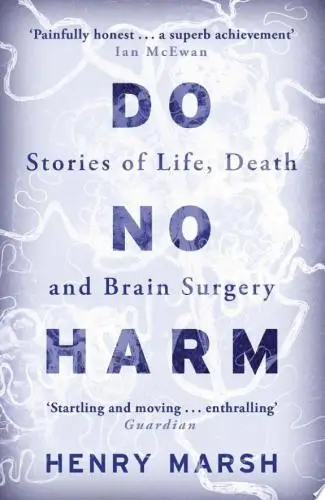
Do No Harm
Henry Marsh
This is Going to Hurt
Adam Kay
This Is Your Brain on Joy
Earl Henslin
Learning Habits
Sarah Nicholl
TOP KNIFE: The Art & Craft of Trauma Surgery
Asher Hirshberg,
English Spirituality
Gordon Mursell
The ^AOxford Handbook of Job Loss and Job Search
Ute-Christine Klehe PhD
Job Interviews For Dummies®
Joyce Lain Kennedy
